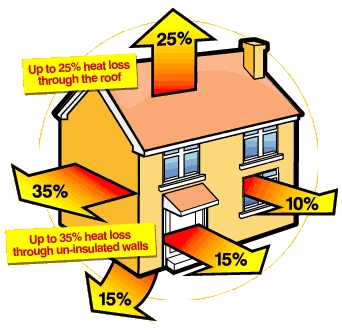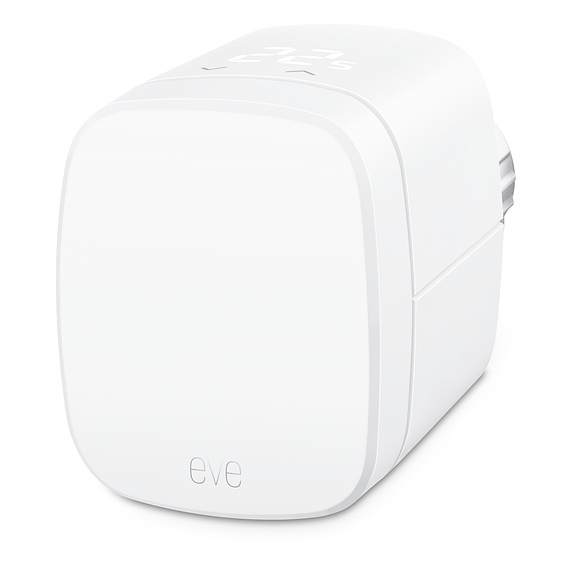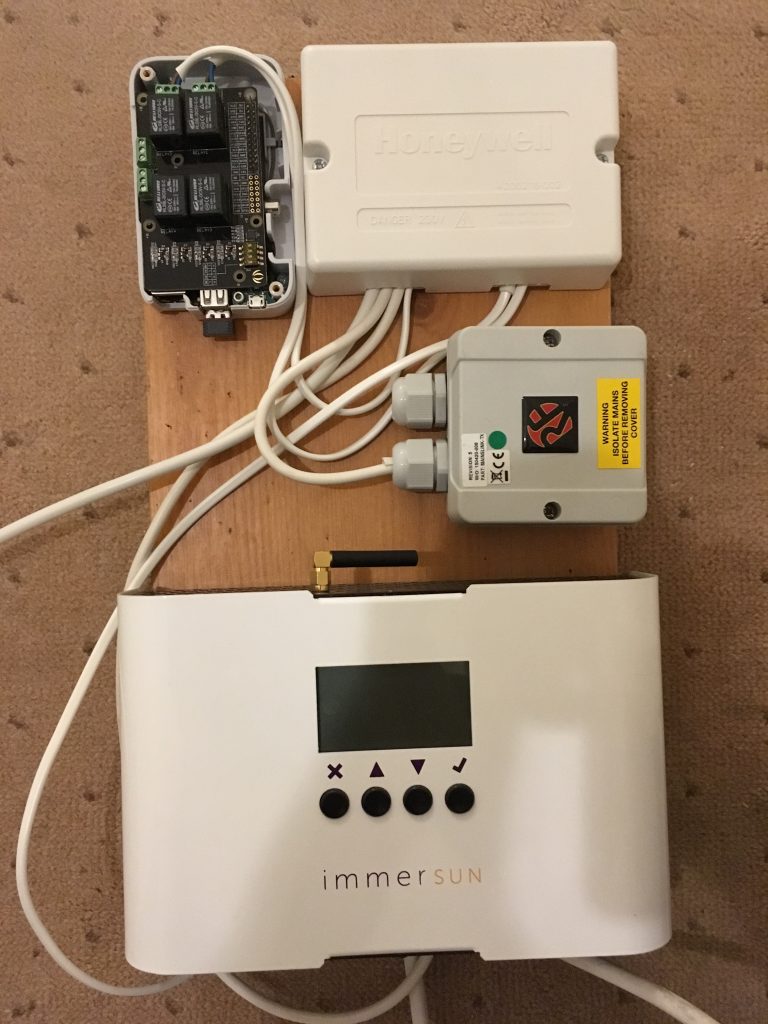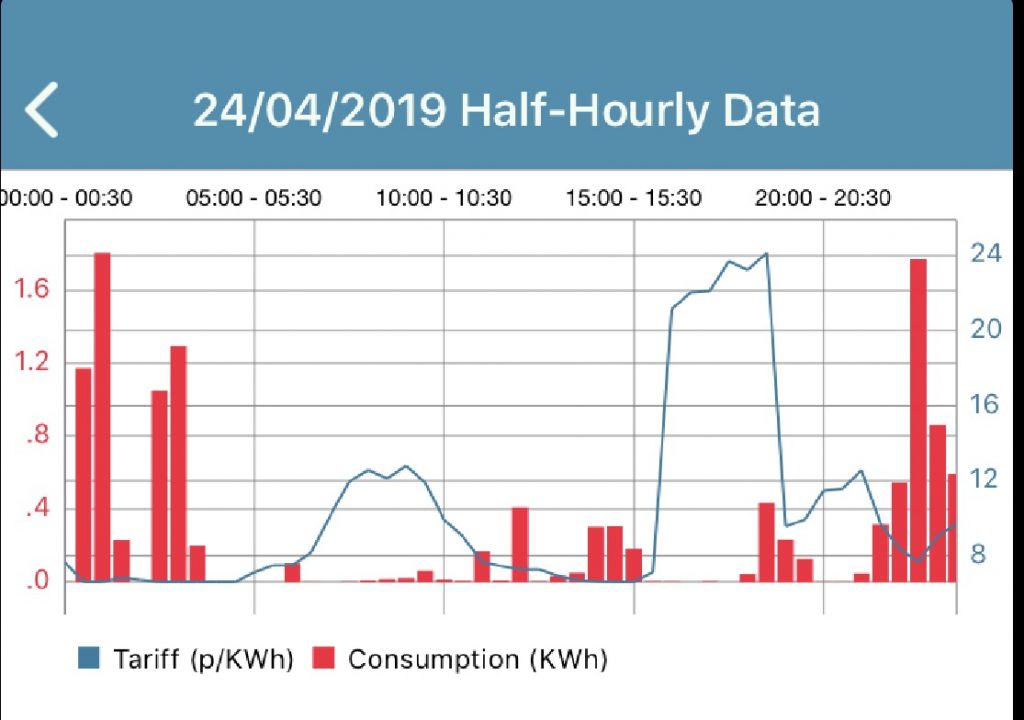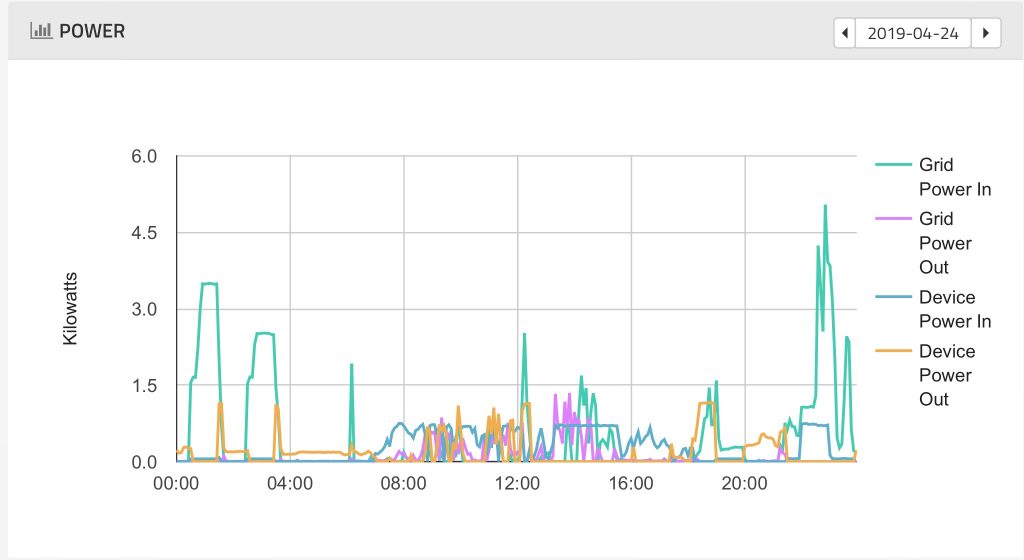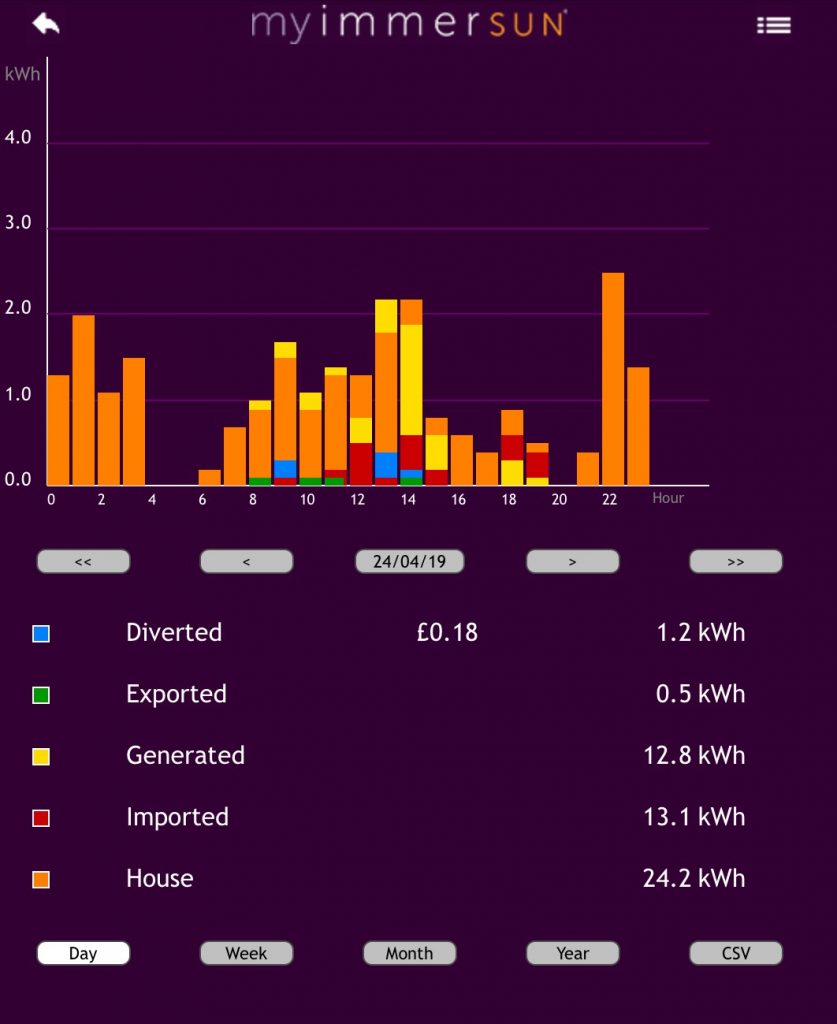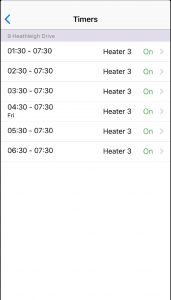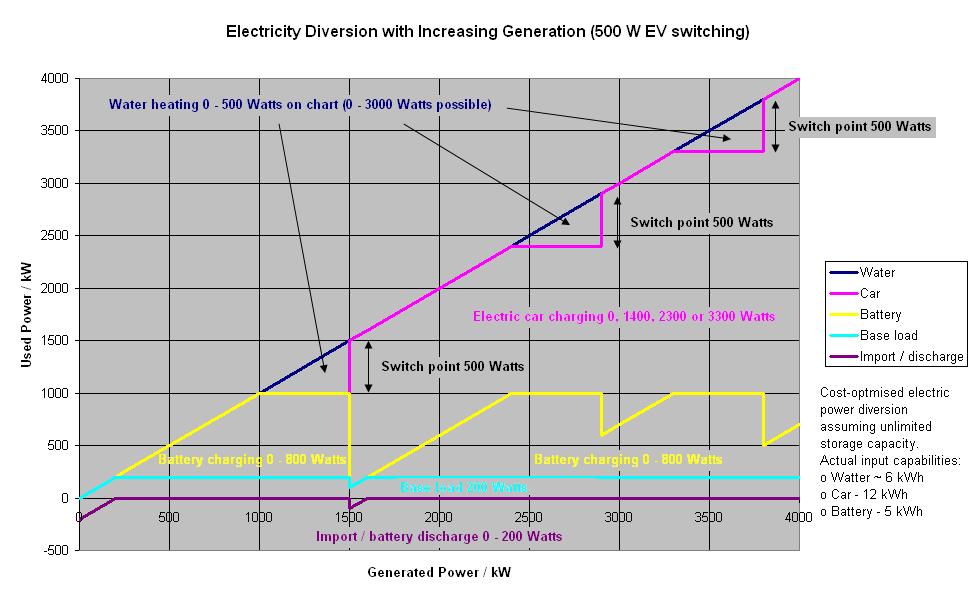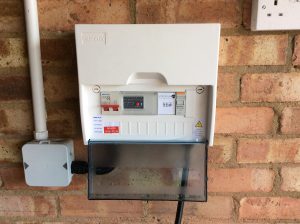Yesterday provided a good example of my HEMS in action as the electricity price dropped quite low due to stormy weather conditions. Normally at this time of year the HEMS isn’t doing much with the storage battery as daytime solar output is enough to fully charge the battery, but yesterday low pricing was enough to automatically enable both battery charging and water heating overnight. Car charging was due to run anyway driven by the demand for an hour of charging, but battery charging and water heating was triggered by the low price rather than a needed to take power for a pre-defined period of time.

The screenshot above from my phone shows the HEMS’ plan for the the early hours of the 9th. The first price column shows one hour of car charging at the cheapest price. The second column shows half an hour of water heating as the electricity price has fallen below 3.5 p/kWh when it is assumed to be cheaper than gas. The third column shows four hours of battery charging when the electricity price is below 5 p/kWh.
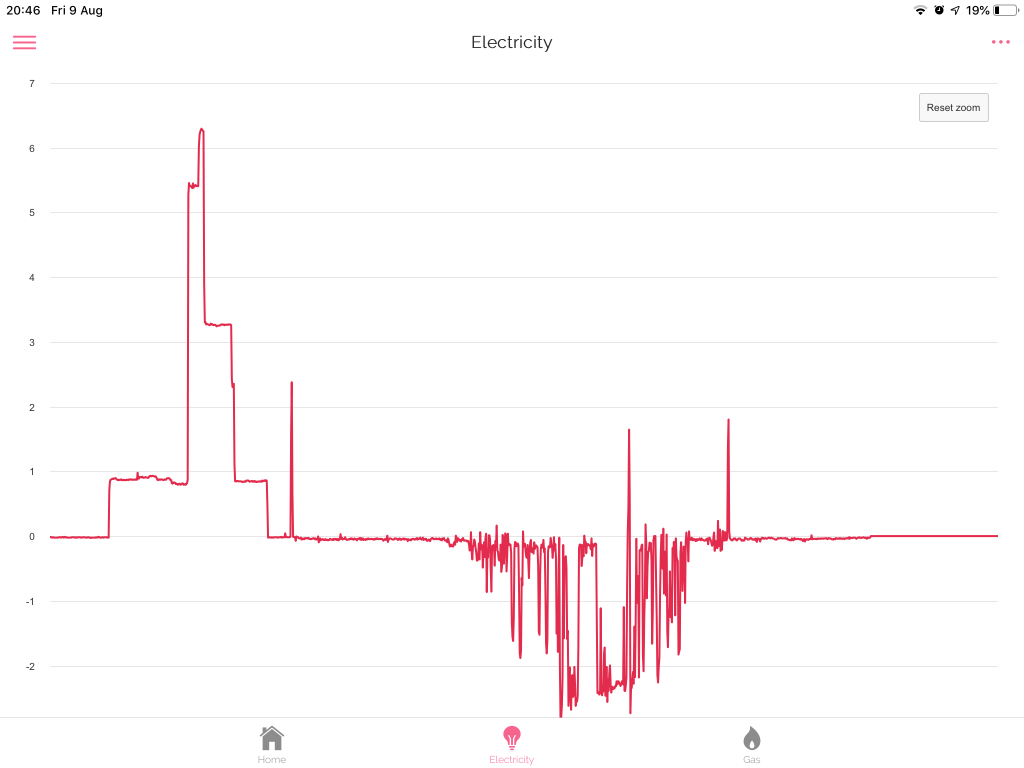
The above image from the HAN side of my smart meter shows the energy consumption of the house varying through the night in response to these requests from the HEMS – battery charging at the widest point, car charging above that for an hour, and water heating above that for 30 minutes.
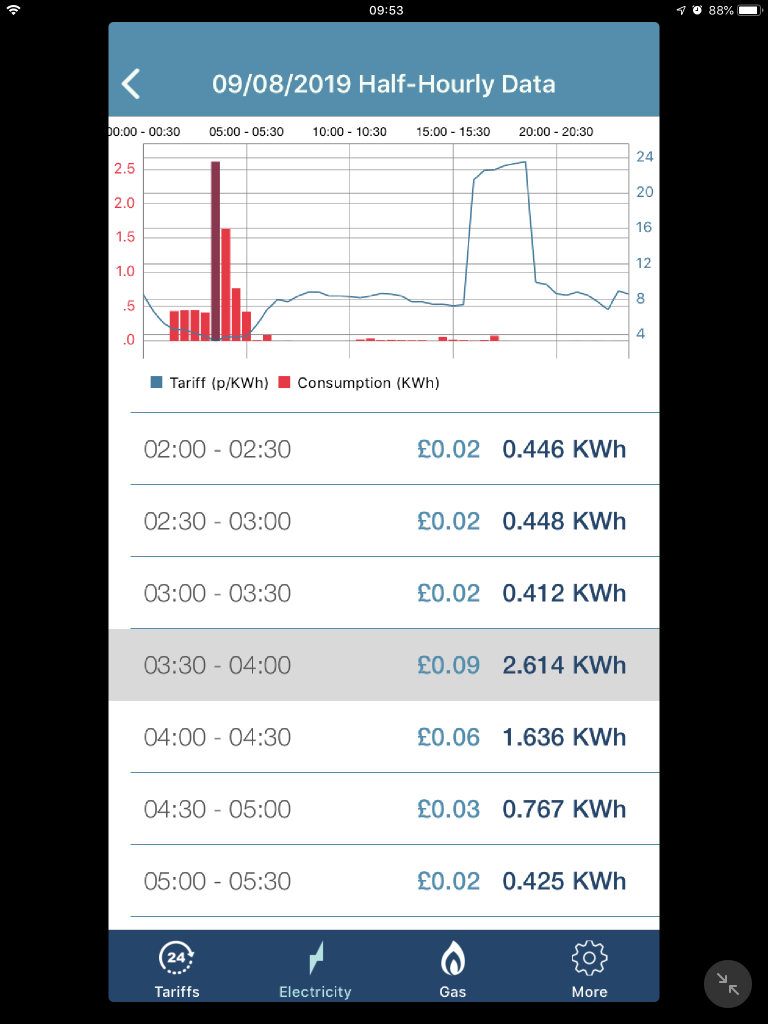
Finally this image shows the energy consumption versus price data for the same period shows how the action of the HEMS increases electricity demand as the price drops. Indeed on this day there was virtually no consumption at any other time.
For August 9th as a whole I paid 52 pence for 7.547 kWh of electricity. Taking off the 21 pence for the standing charge leaves 31 pence for the electricity kWhs alone, an average of 4.11 p/kWh.

